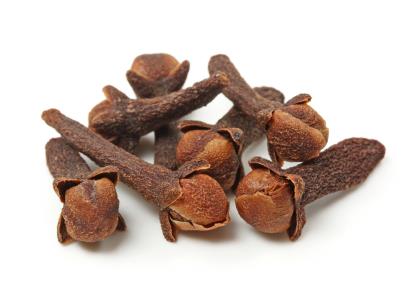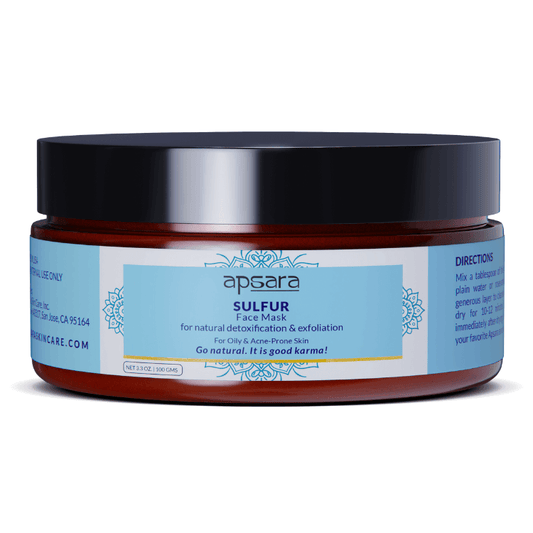In the picture: Sheetal Rawal. Scientist (human genetics) & founder of www.apsaraskincare.com
A lot of people suffer from acne. While acne is most commonly seen in teenagers, some individuals can suffer from it well into their adulthood. Acne is caused primarily due to an increase in the natural oil (sebum) produced by the body’s sebaceous glands. This excess oil along with dirt and grime from the atmosphere can harden in the pores causing blackheads and whiteheads. Acne-causing bacteria can cause inflammation of clogged pores, which in turn is seen as an active bacterial infection. In its active stage, acne is seen as pimples that are swollen, red, filled with pus, and likely to cause discoloration and scarring.
Unfortunately, there are many myths and half-truths related to acne and its treatment. These can actually worsen the condition and put one at risk of aggravation of acne and permanent scarring.
Here are the top 5 myths related to acne:
1. Do not moisturize your skin if you have acne.
People associate acne with increased oil in the skin. While this is true, one must know that dryness of skin is an equal culprit in worsening acne. Overly dry skin compensates for the loss of natural oil by producing it in excess quantities. This, in turn, worsens acne by causing pore blockages. Most acne treatment ointments and creams available in the market have a high percentage of active ingredients like benzoyl peroxide that cause excessive dryness and flakiness of skin. The result is that skin gets caught in a vicious cycle of dryness and excess oil, and the condition never really subsides.
Tip:
It is very important to use a lightweight lotion twice a day that will nourish the skin. This lotion should have some natural acne fighting ingredients in it also.
Apsara’s Neem and Clove lotion is a great choice. In addition to being lightweight and paraben & fragrance-free, it is also enriched with neem, turmeric, and clove. All of these ingredients are natural and well known for their positive effects on acne-prone skin.
2. Do not use any oils on your skin.
This is a partial myth. Most oils are heavy and pore clogging and should definitely be avoided. But there are some oils that are actually very useful if you have acne. Jojoba oil is structurally very similar to the body’s natural oil (sebum), and therefore is an excellent choice to cleanse and nourish the face. Jojoba oil penetrates deep into the skin and dissolves the oil that is clogging the pores. Therefore it is an excellent oil to massage into the affected skin to cleanse it deeply. In addition to its deep cleansing property, it is also very nourishing to the skin.
Another oil that is very useful to combat acne is castor oil. This oil has been used for centuries in Ayurveda for it excellent grease cutting and anti-inflammatory properties. It is skin soothing and dissolves the excess oiliness related to acne.
Tip:
Make oils a part of your daily skin care routine, especially if acne is an issue. Apsara’s Jojoba Facial Serum is based on jojoba and castor. In addition, it has many active ingredients that are natural acne fighting in nature. Chamomile is skin soothing, and sandalwood is skin balancing. With continued use, skin’s oil balance is corrected, and it looks and feels very calm. This serum is also preservative-free.
3. Food has nothing to do with acne.
Although scientific studies may not have shown a significant relationship between food intake and acne, one should be careful in determining this link. Many people report a worsening or development of acne when nuts or chocolate is consumed. For different individuals, this is reported with other foods as well.
Tip:
One should avoid eating foods that seem to cause or worsen acne.
4. Use skin care products with a high percentage of active ingredients.
Most active ingredients used to treat acne are very drying and irritating to the skin, particularly when used in high concentrations. For instance, benzoyl peroxide at 8% or 10% is extremely drying to the skin. While at first, it might seem to work, soon skin begins to produce excess oil to counter the dryness, and this actually aggravates acne. In addition, a higher percentage of active ingredients can leave one’s skin susceptible to sun damage and premature wrinkling.
Tip:
An ideal product used to treat acne should have no more than 3% of active ingredient in it. At this percentage, the active ingredient still works without causing any skin damaging side effects. It is best to avoid harsh ingredients like benzoyl peroxide altogether. In the long term these can only leave your acne worse and your skin sensitive.
5. There are no natural active ingredients that can treat acne.
This is a very prevalent myth and has to do with the excess of acne treating products made with synthetic ingredients. There are many ingredients derived from nature that can have some amazing results in treating acne. Many of these ingredients are naturally antiseptic and antibacterial and can have remarkable results with the inflammation and infection related to acne. Neem, clove, turmeric etc are great examples.
A powerful acne treating ingredient derived from Earth is sulfur. It is an element abundantly available in nature, and its purified form has been used for centuries in Ayurveda to treat acne. Sulfur works by increasing the rate at which skin cells are shed. While doing this it also unclogs the pores and discourages the buildup of hardened sebum in the pores.
Tip:
Using sulfur is an excellent choice for treating the existing acne, and preventing any future breakouts.
Apsara’s Sulfur Facial Mask can be used twice or thrice a week to achieve long-lasting relief from acne. This mask is preservative free and also has neem, turmeric, and clove as added ingredients.
Go natural. It is good karma!


